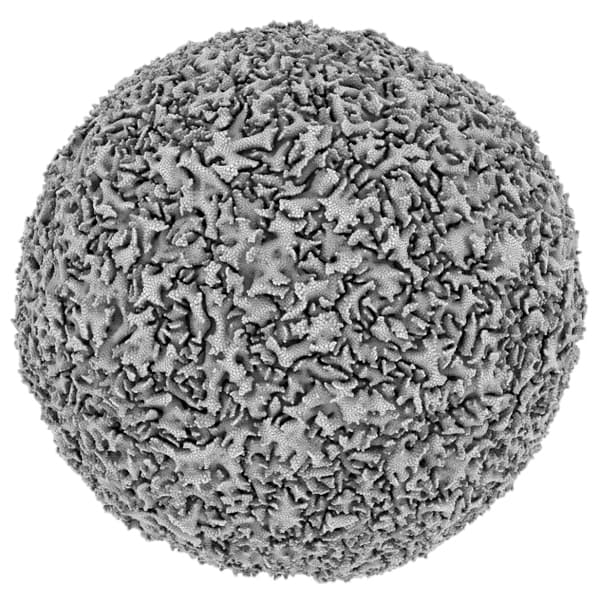Filmmakers
Statement
Cellular Forms uses a simplified mathematical model of morphogenesis to generate intricate emergent structures. Cell division is controlled by accumulated nutrient levels. When the level in a cell exceeds a given threshold the cell divides, and various parameters control how both the parent and daughter cells re-connect to their immediate neighbours. The simulation process is repeated over thousands of iterations and millions of particles, with typical final structures having over fifty million cells. A number of dynamic internal forces affect the structures, including linear and torsion spring forces between connected cells. Additional forces repel cells that are in close proximity but are not directly connected. Many different complex organic structures are seen to arise from subtle variations of these rules, creating forms with strong reminiscences of plants, corals, internal organs and micro-organisms.
Films
Cellular Forms: digitally generated structures using simulation of morphogenesis
00:04:48
Visuals: Andy Lomas, Music: Max Cooper
2014
